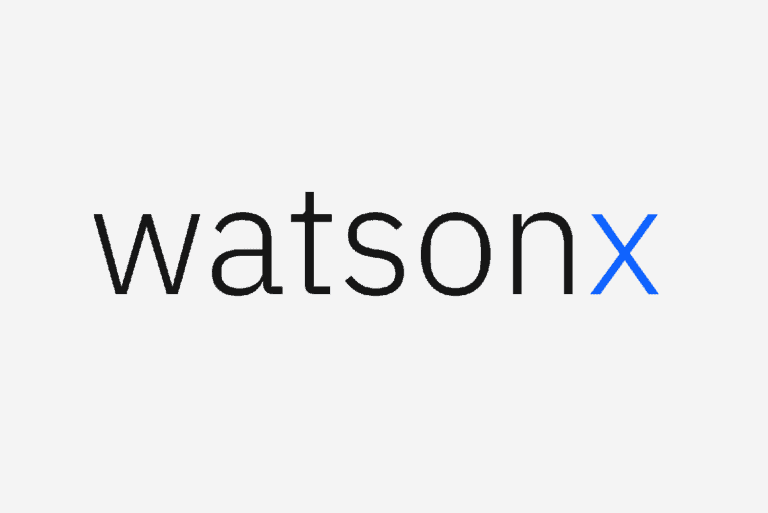IBM is offering Watsonx as a platform on which companies can securely work with AI models. Boasting unique features and broad compatibility, it hopes to beat competitors Google, OpenAI and Nvidia, among others. What’s Watsonx exactly, what can it do and why should an organization choose IBM’s platform?
Watsonx has been around since May, but “Watsonx Your Business” marks the first time IBM has launched an advertising campaign for it. Apparently, organizations need more clarity on the potential of AI and how to apply it practically. The two ads urge companies to “Watsonx” their organizations, so to speak. As key points, they cite the importance of training AI models with their own data and taking all kinds of mundane tasks away from employees.
Busy playing field
There are still different concepts around the deployment of AI for businesses: ready-made plugins for ChatGPT are an option to quickly deploy a chatbot with as little effort as possible. However, OpenAI also seems to be moving toward trusted data and proprietary models: with ChatGPT Enterprise, organizations can deploy the power of GPT-4 with their own company data for specific purposes. Privacy should no longer be an issue: the data and outputs are not used by OpenAI for further training.
Tip: OpenAI’s ChatGPT Enterprise doubles speed and removes privacy concerns
IBM also comes with similar promises: privacy is paramount, as is training models on proprietary data. Elsewhere, we see similar developments: Google has an AI package where customers immediately get 100 LLMs at their disposal and can train them with internal enterprise data. VMware and Nvidia also joined forces with the Private AI Foundation, which too makes many an AI model available for numerous use cases. Thus, the offerings from all sides are increasingly aligned, but what makes Watsonx unique?
Watsonx.ai and Watsonx.data
The IBM offering similar to the above can be summarized under the heading Watsonx.ai. The company itself correctly cites Watsonx.data as a unique asset: it is said to be the only data store in the industry that is open, hybrid and governed. Because the data explosion knows no end, IBM argues that AI workloads require a specific data solution that responds to it. It promises that all data belongs through a shared metadata layer that also applies across multiple cloud environments and on-prem. Built-in governance, security and automation should ensure that storage and analytics environments can be connected to the data platform.
Because Watsonx.ai and Watsonx.data connect seamlessly, it should be possible to analyze, visualize and transform all data and metadata with the AI models that IBM offers and that companies create themselves. Ultimately, it is this fast-paced integration of AI platform with as much data as possible that is crucial. In this regard, IBM has a clear narrative: those who combine both Watsonx products can get started with AI quickly and easily.
Specifically: help with COBOL
A more specific example of the usefulness of such an AI platform has emanated from IBM, too. It recently developed a unique application of Watsonx: Code Assistant for Z. Mainframes are still often coded in COBOL, a programming language few developers are familiar with. With that, the manpower that can handle it is very expensive: what if AI could fix that problem?
Watsonx Code Assistant for Z therefore promises to convert COBOL code to the widely known Java. Thus, after the AI translation, organizations will have less to worry about when it comes to maintaining mainframes. Since COBOL is still used for critical business processes, such an application is a clear example of what generative AI makes possible.
Also read: IBM modernizes mainframe applications with Watsonx Code Assistant for Z
